COLORADO
The Highest State
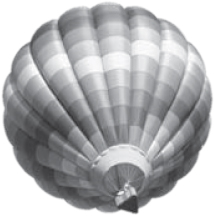
Thomas J. Noel and Duane A. Smith
COLORADO
THE HIGHEST STATE
SECOND EDITION
UNIVERSITY PRESS OF COLORADO
2011 by the University Press of Colorado
Published by the University Press of Colorado
5589 Arapahoe Avenue, Suite 206C
Boulder, Colorado 80303
All rights reserved
Printed in the United States of America

| The University Press of Colorado is a proud member of
the Association of American University Presses. |
The University Press of Colorado is a cooperative publishing enterprise supported, in part, by Adams State College, Colorado State University, Fort Lewis College, Metropolitan State College of Denver, Regis University, University of Colorado, University of Northern Colorado, and Western State College of Colorado.
 The paper used in this publication meets the minimum requirements of the American National Standard for Information SciencesPermanence of Paper for Printed Library Materials. ANSI Z39.48-1992
The paper used in this publication meets the minimum requirements of the American National Standard for Information SciencesPermanence of Paper for Printed Library Materials. ANSI Z39.48-1992
Library of Congress Cataloging-in-Publication Data
Noel, Thomas J. (Thomas Jacob)
Colorado : the highest state / Thomas J. Noel and Duane A. Smith. 2nd ed.
p. cm.
Includes bibliographical references and index.
ISBN 978-1-60732-144-6 (hardcover : alk. paper) ISBN 978-1-60732-145-3 (e-book) 1. Colorado
HistoryJuvenile literature. 2. ColoradoGeographyJuvenile literature. I. Smith, Duane A. II.
Title.
F776.3.N64 2011
978.8dc23
2011026158
Design by Daniel Pratt
2 0 1 9 1 8 1 7 1 6 1 5 1 4 1 3 1 2 1 1 1 0 9 8 7 6 5 4 3 2 1
PREFACE
Colorados history, like the state itself, has had many ups and downs. Booms and busts in farming and ranching, in mining and railroading, in water and oil have carried Colorado as high as the states peaks and as low as its canyons.
Our states fascinating history is made up of interesting characters. Fathers Domnguez and Escalantetwo Spanish priestsfirst explored, wrote about, and mapped much of Colorado. The Ute leader Ouray fought for peace and managed to keep some of his tribe in the state on two reservations. Clara Brown, a former enslaved African American, made enough money washing miners jeans to help her people build churches and become successful settlers. Elizabeth Iliff came to Colorado selling sewing machines and wound up running the states largest cattle ranch.
Charles Boettcher, a German immigrant who stepped off the train with only a few cents in his pocket, worked tirelessly until he became Colorados richest tycoon. Josephine Roche, a pioneer policewoman, became a mine owner and ran for governor. Horace Tabor took millions out of his mines, only to lose his fortune later.
Mayor Robert Speer transformed Colorados capital city from a dusty, drab, treeless town into a City Beautiful. His work was continued in more recent years by Mayors Federico Pea and Wellington Webb, who made Denver a big-league city with the nations largest state-of-the-art airport and a National League baseball team, the Colorado Rockies. While Colorados high plains communities produced wheat and beef, mountain mining towns recycled themselves as ski resorts and summer playgrounds for all Americans.
In each chapter of this book, you will find questions, activities, electronic sources, and suggested readings to help you learn more of Colorados story than we can present here. We hope you enjoy these pages. You will discover a high, dry state with rugged natural beauty and an awesome history.
ACKNOWLEDGMENTS
Teachers and students from all over Colorado helped us with this book. Among others, we especially thank Chuck Woodward and Art Cordova of Gateway High School in Aurora, David Smith of Samuels School in Denver, Nancy Gregory and Ray Jenkins of Auroras Hinkley High School, Jerry Fabyanic and Pat Heist Ward of Aurora Hills Middle School, Dan Barber of Sinclair Middle School in Englewood, and Andy Aiken of Boulder High School. Brent Brown, Lynn Brown, Michael Breunig, Aaron Bell, Doug Katie, Julie Potter, Kelly Hester, Elizabeth Watts, and Ward Lee of Smiley, Escalante, and Miller Middle Schools in Durango helped, as did Colorado history students Leslie Burger, Mike Ferguson, and Laralee Smith.
University of Colorado Denver graduate students Jacqui Ainlay-Conley, Kathleen Barlow, Dana EchoHawk, Rosemary Fetter, Marcia Goldstein, Katie Hartenbach, Abby Hoffman, Judy Morley, Rebecca Gonzales Ponicsan, and Nick Wharton improved this book in many ways.
Thanks to Professor Richard E. Stevens of the University of Colorado Denver Geography Department, who drew many of the maps. Many of these maps first appeared in the Historical Atlas of Colorado and are reprinted courtesy of the University of Oklahoma Press.
Special thanks to Governors Richard Lamm, Roy Romer, Bill Owens, Bill Ritter, and John Hickenlooper for their interest. In interviews, they made excellent suggestions about what should be passed on to Colorado history classes.
We, like many other fans of Colorado history, found especially helpful the resources in both the Western History Department of the Denver Public Library and History Colorado, as the Colorado Historical Society renamed itself in 2009. Between them, these Denver gold mines have a million illustrations of Colorado. For other photos, as well as printed and primary source research material, we are indebted to Colorado College and the Pioneer Museum in Colorado Springs, the Pueblo District Library, the Museum of Western Colorado in Grand Junction, and the Southwest Studies Center at Fort Lewis College in Durango. To these institutions and their staffs, as well as many other museums and libraries in Colorados sixty-four counties, our hats are off in gratitude.
The authors thank the crackerjack staff at the University Press of Colorado: Cheryl Carnahan, Jessica dArbonne, Laura Furney, Darrin Pratt, Beth Svinarich, and Daniel Pratt. History Colorados staff proved most helpful, especially Education Director J. J. Rutherford and State Historian William J. Convery. In addition, Kathleen Barlow and Abby Hoffman reviewed the entire text and helped rewrite it to take advantage of the 2010 revised Colorado state standards for middle and high school texts. Both authors and the University Press of Colorado welcome suggestions from students, teachers, and other interested readers about how we can make this a better and more useful book.
TIMELINE
UNITED STATES | COLORADO |
25,00015,000 BCE | Native Americans arrive in North America from Asia |
11,000 BCE | Native Americans occupy the eastern plains |
3,500 BCE | Ancestral Puebloans settle the Mesa Verde area |
2,000 BCE | Native Americans adopt agriculture |
1589 CE | Spanish begin to settle in New Mexico | 1600s CE | Utes occupy much of Colorado |
1607 | English settle Jamestown, Virginia | 1620s | Utes meet Spaniards |


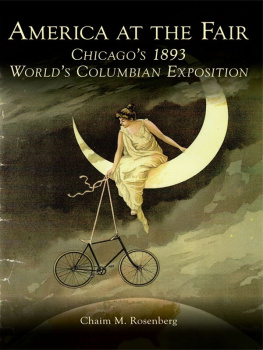
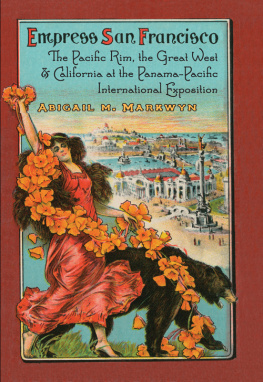
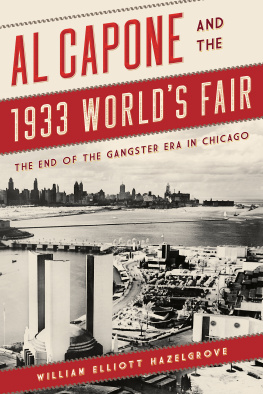
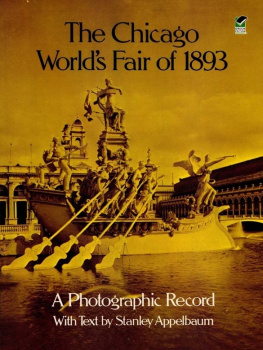
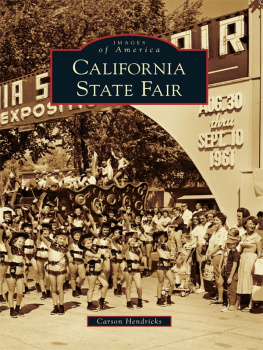


 The paper used in this publication meets the minimum requirements of the American National Standard for Information SciencesPermanence of Paper for Printed Library Materials. ANSI Z39.48-1992
The paper used in this publication meets the minimum requirements of the American National Standard for Information SciencesPermanence of Paper for Printed Library Materials. ANSI Z39.48-1992